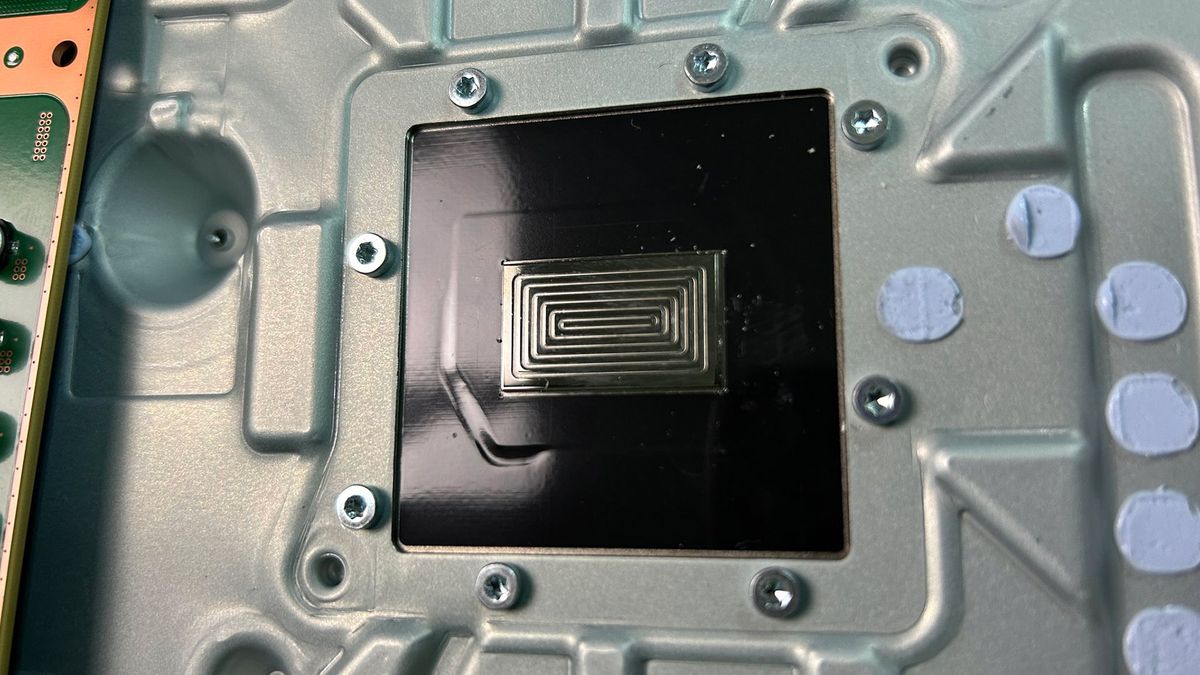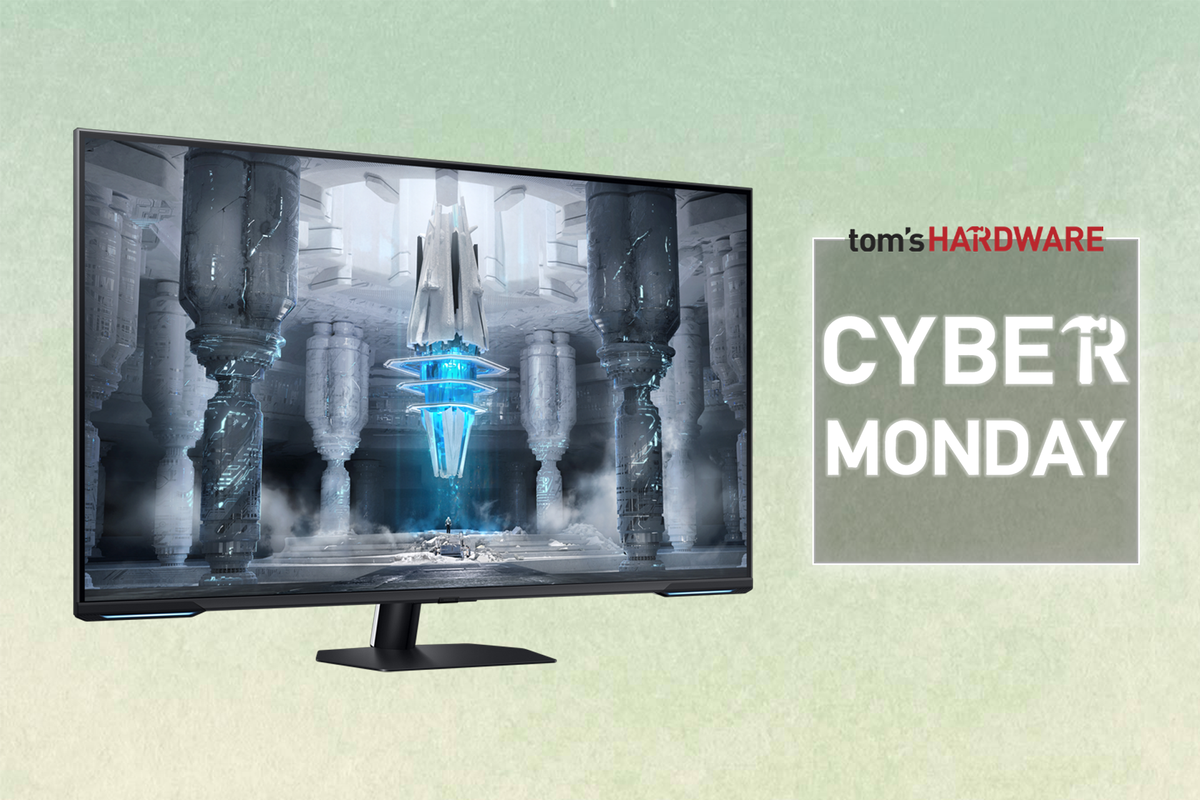There are tons of filament and resin options available for 3D printing today, but we've never come across one like this. Researchers at the University of Texas at Austin have developed a new 3D printing technique (spotted by New Atlas) that makes it possible to print both hard and flexible materials at the same time using just one resin.
This process not only lets you manufacture two different hardnesses of 3D printed materials, but also print the two together. This means the hard and soft materials are printed as one and don't have to be fused together separately after printing. The process uses a custom UV printer that's built to deliver different wavelengths to create the variations in rigidity.
This process is referred to by the team as a dual-light printing system, and it required a custom resin to be developed. The different material structures are created using different lights. The soft, flexible material is generated using concentrated violet light, while the hard material is created using a strong UV light.
An example video demonstrates the printer's ability and also hints at potential future use cases. The video showcases a replica of a human knee moving naturally, with rigid bone structures supporting the flexible ligaments. Another demonstration highlighted a stretchy electronic device that was able to bend without breaking thanks to the hard components preventing the internal wire from bending too much.
The use cases for a 3D printer that can produce hard and soft materials on the same object are vast. There are a lot of cool things we can imagine creating for fun, but the practical possibilities are just as exciting. The team suggests their work could be used to create or improve the designs of modern prosthetics to incorporate more natural movement.
We're a ways off from seeing this new technically in commercially available printers, but we are excited about this new development and its potential. If you're new to 3D printing and aren't sure where to start, check out our list of best 3D printers, which includes both FDM and UV printers.
Follow Tom's Hardware on Google News to get our up-to-date news, analysis, and reviews in your feeds. Make sure to click the Follow button.

 5 months ago
47
5 months ago
47





 English (US) ·
English (US) ·